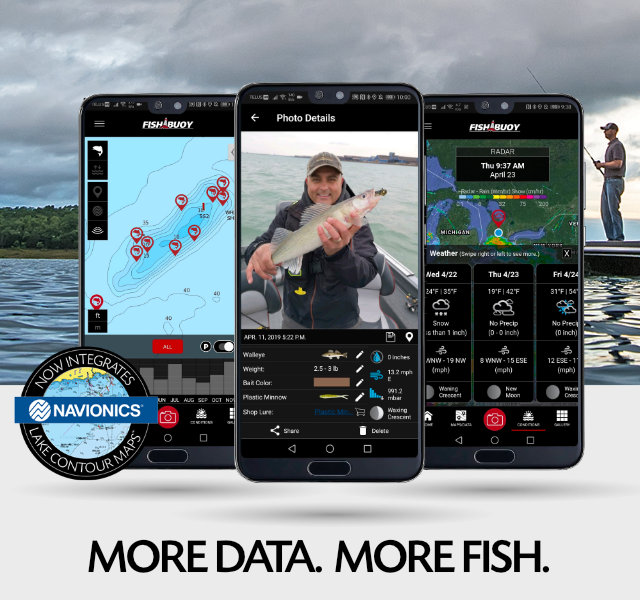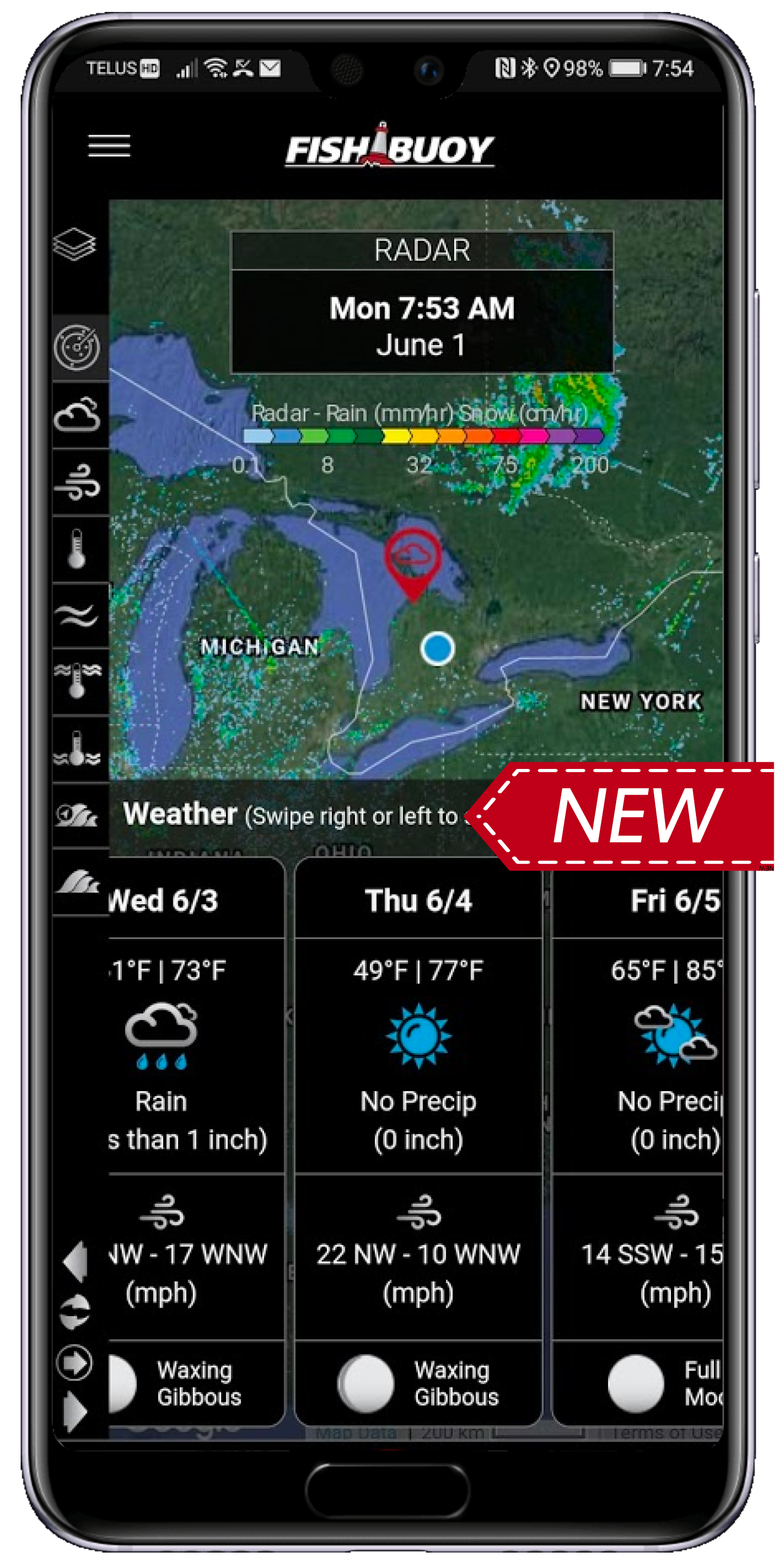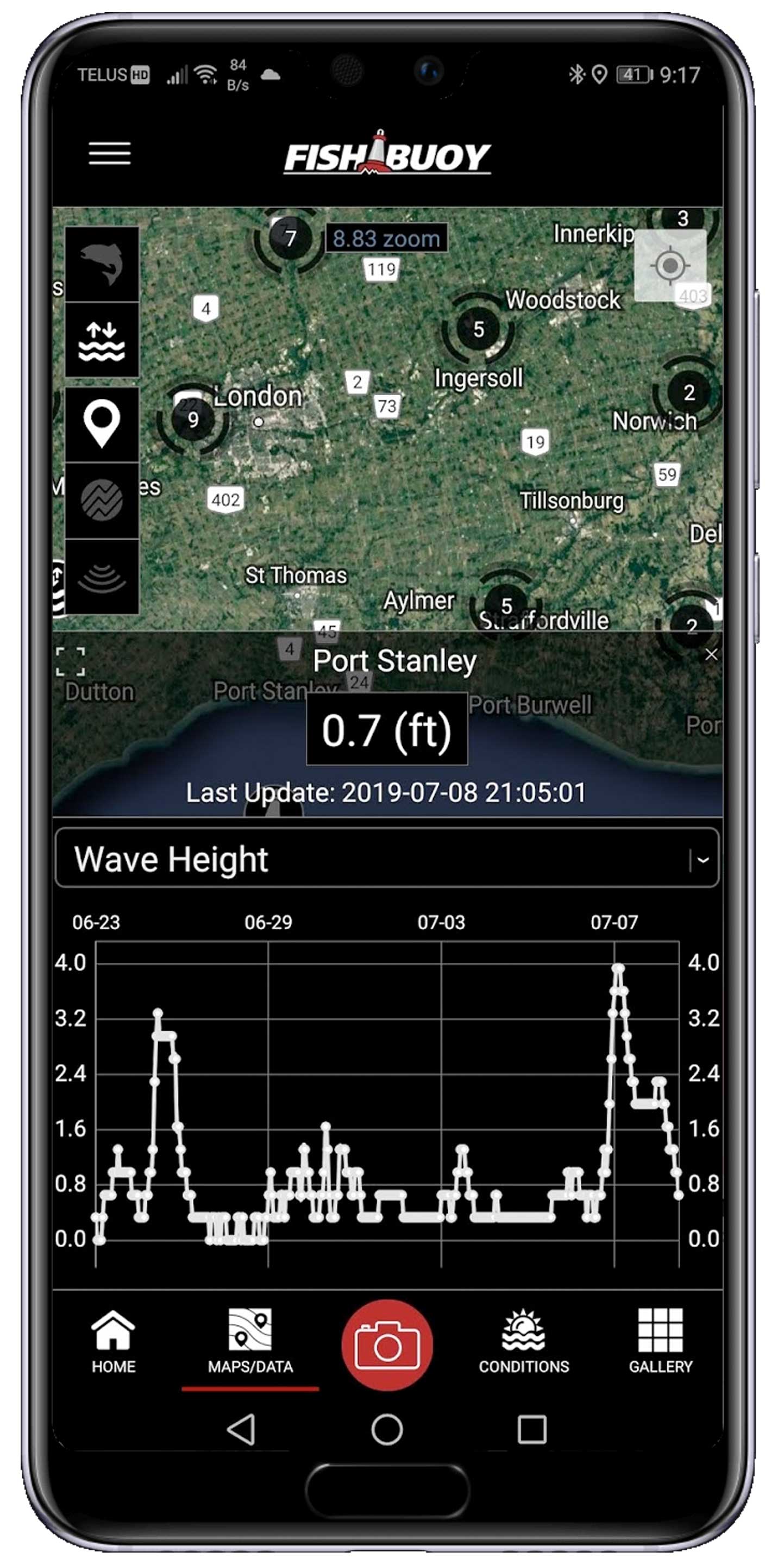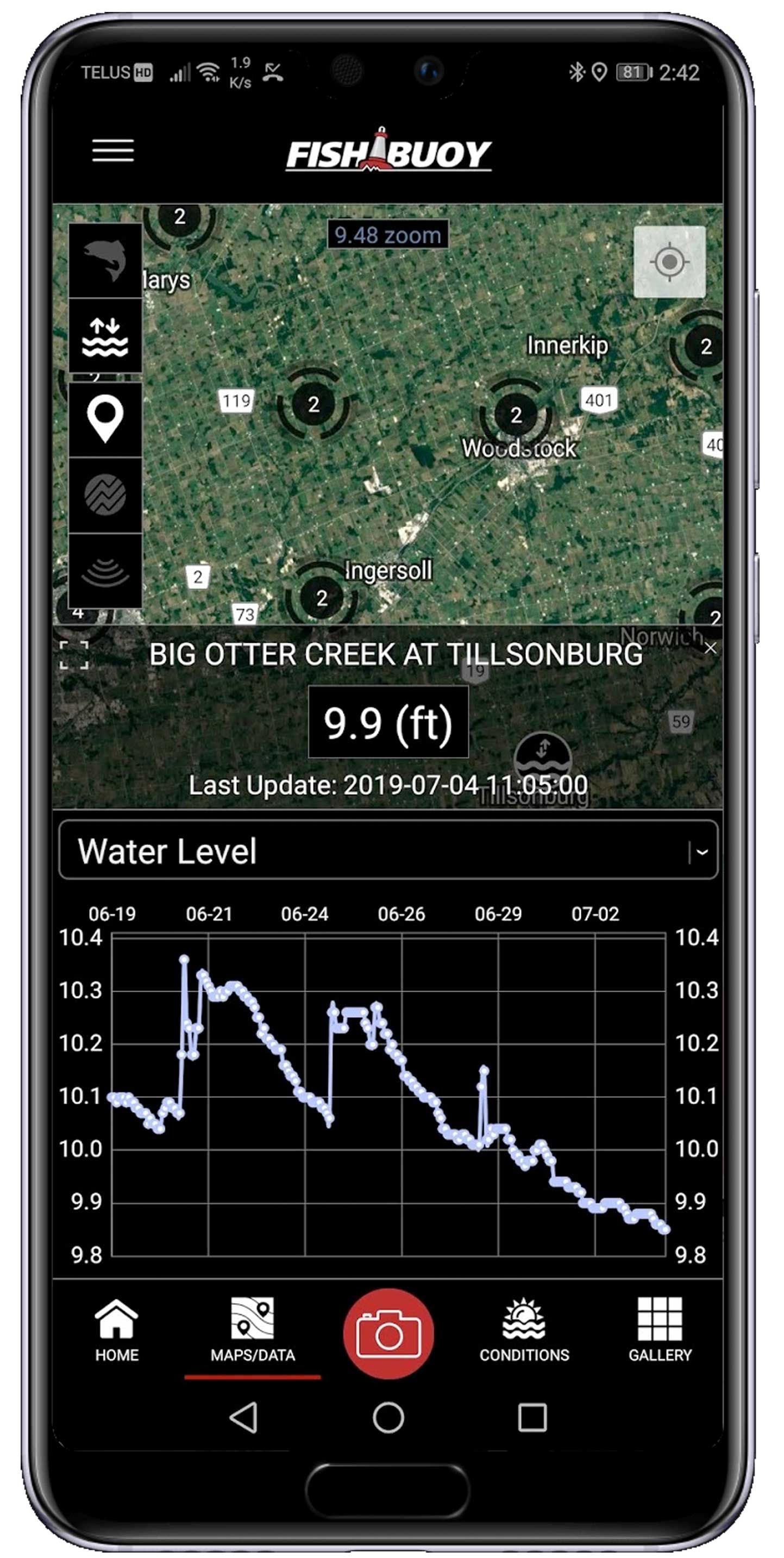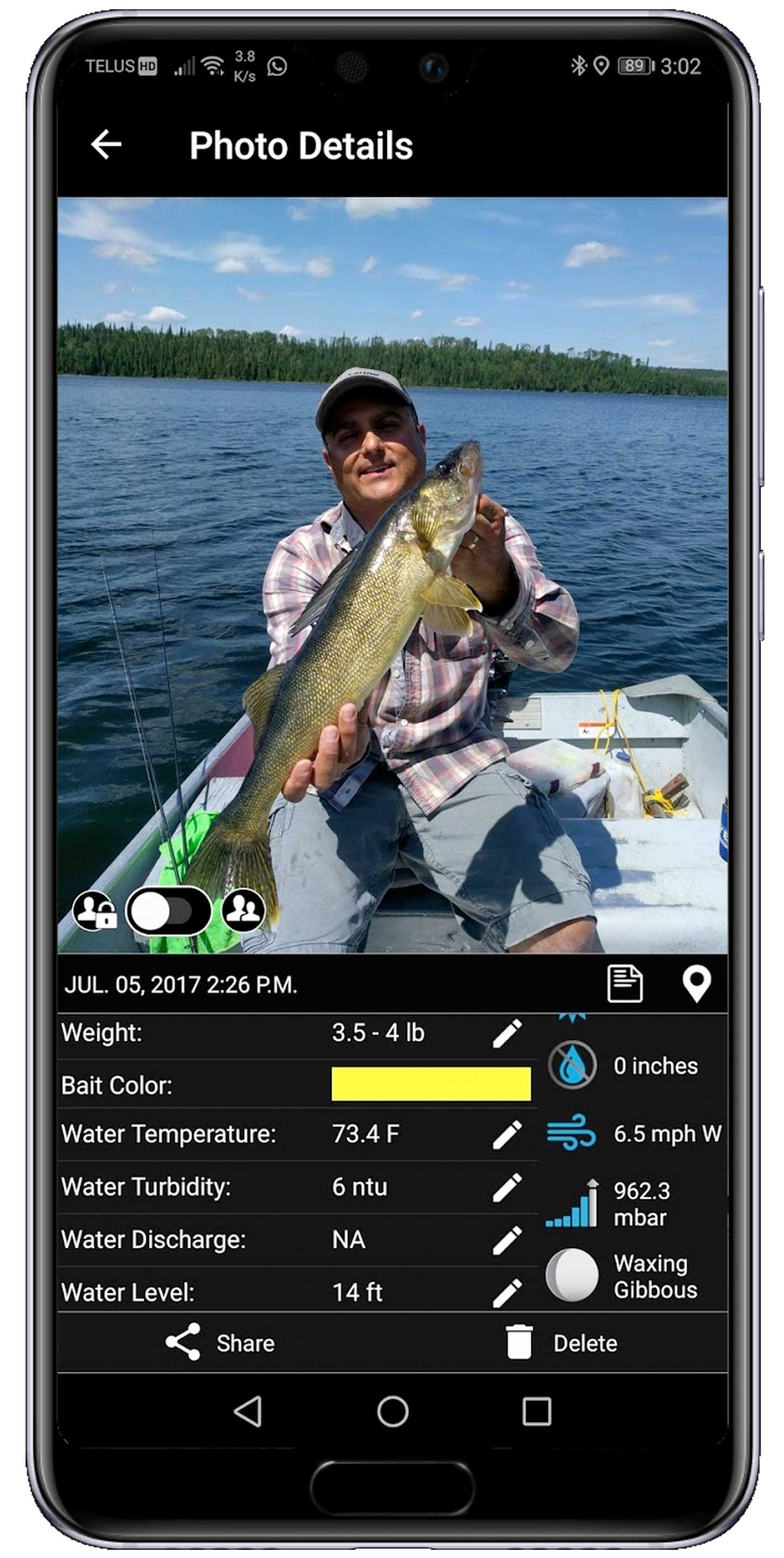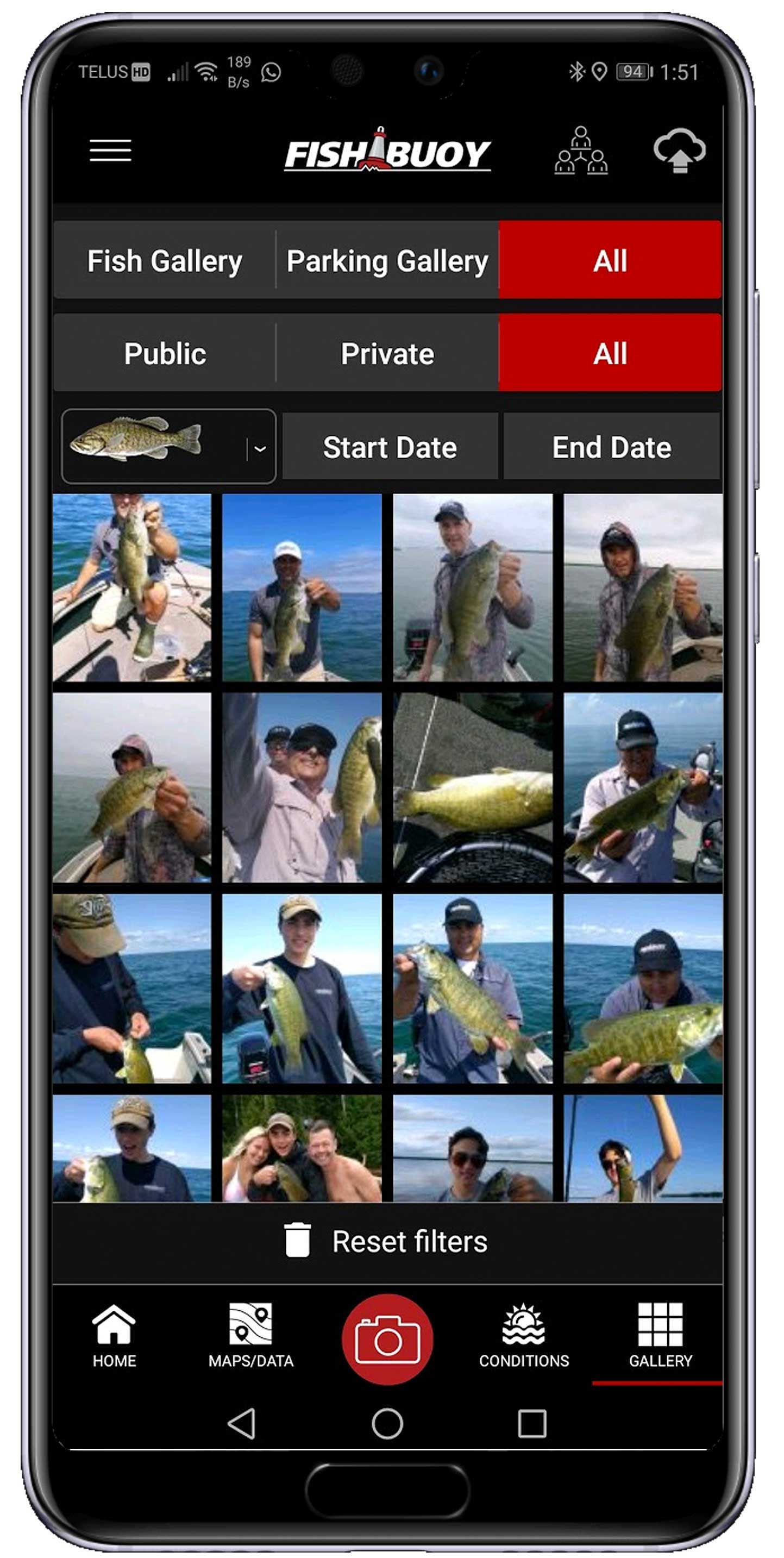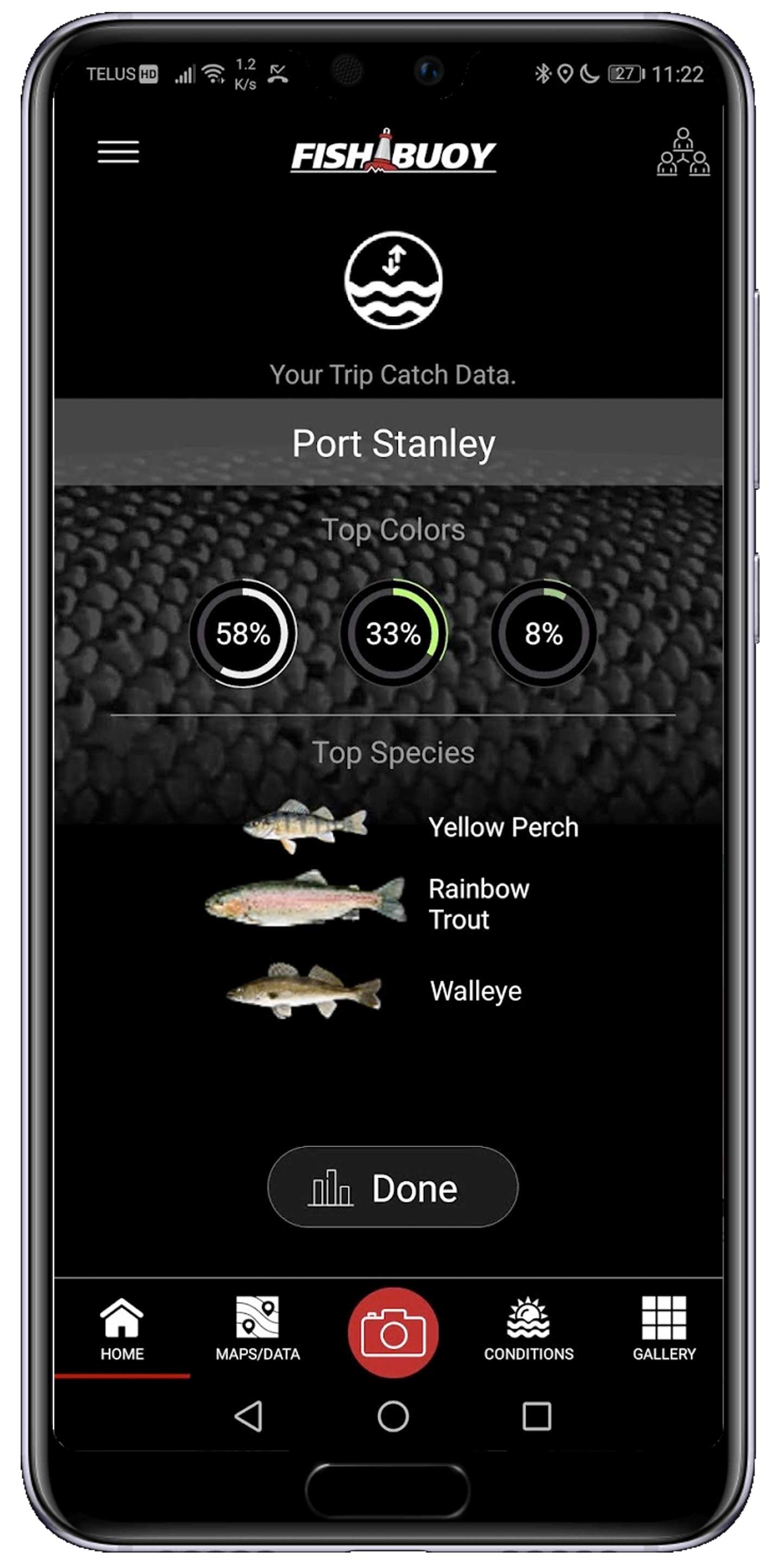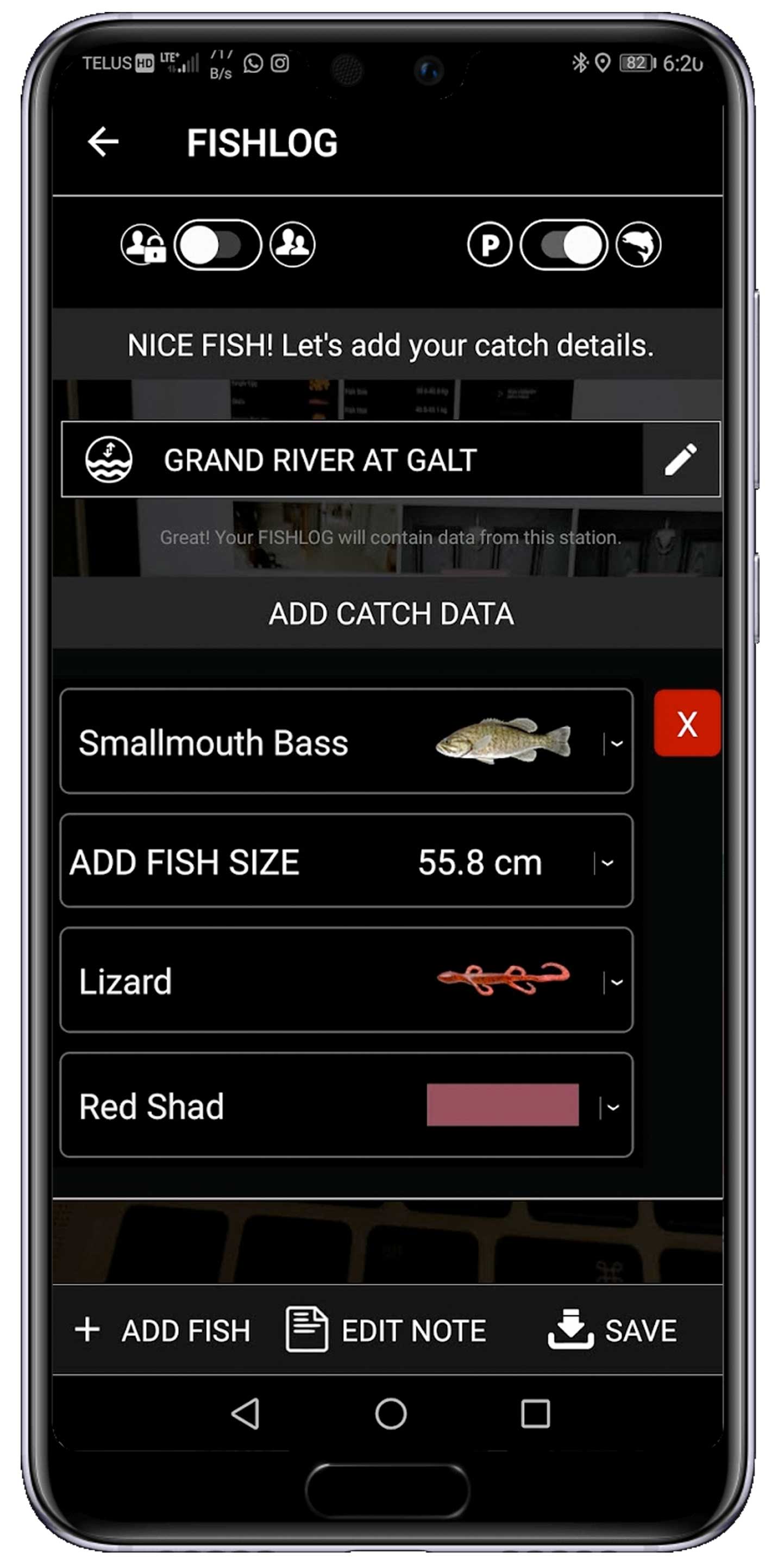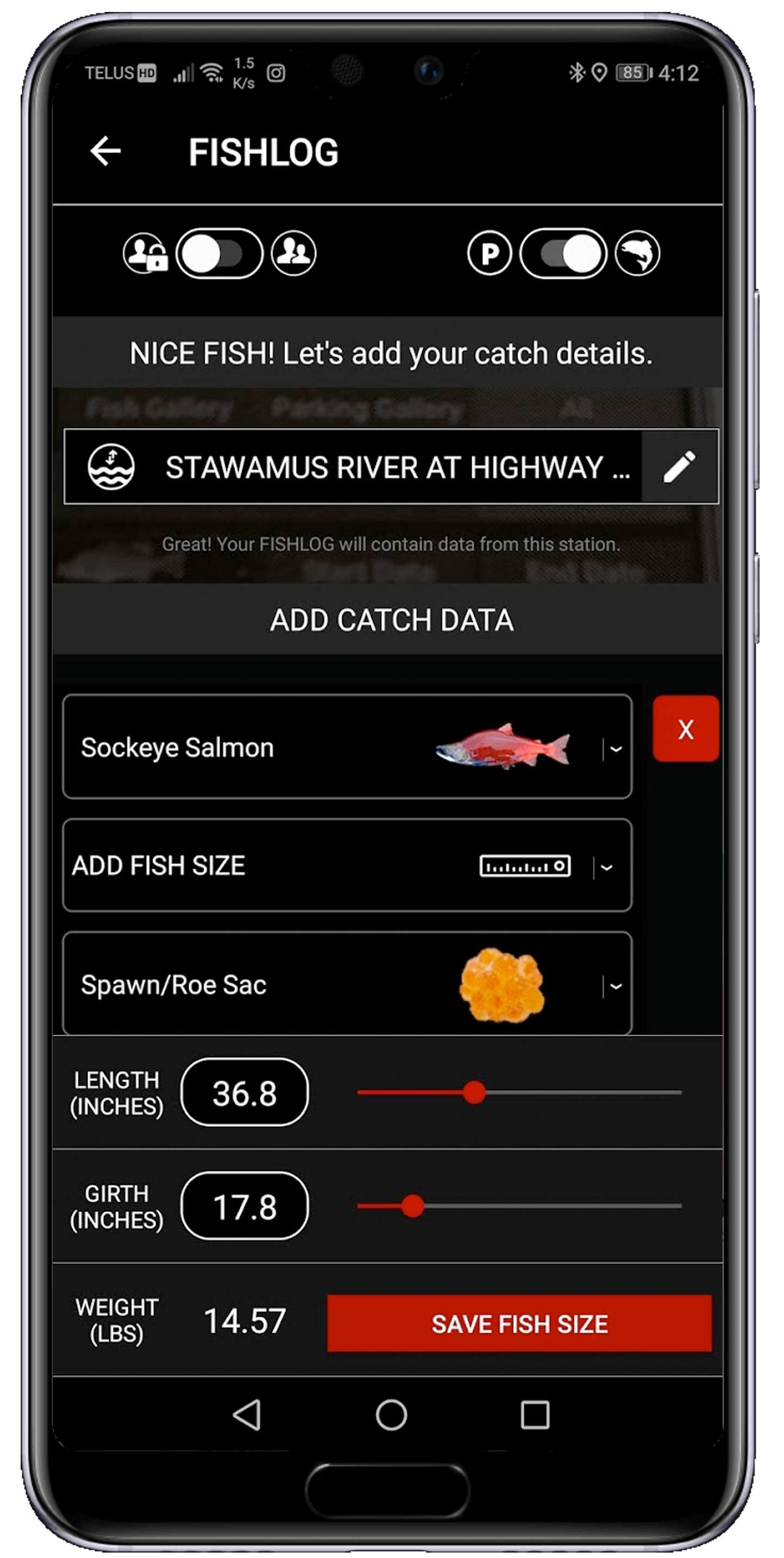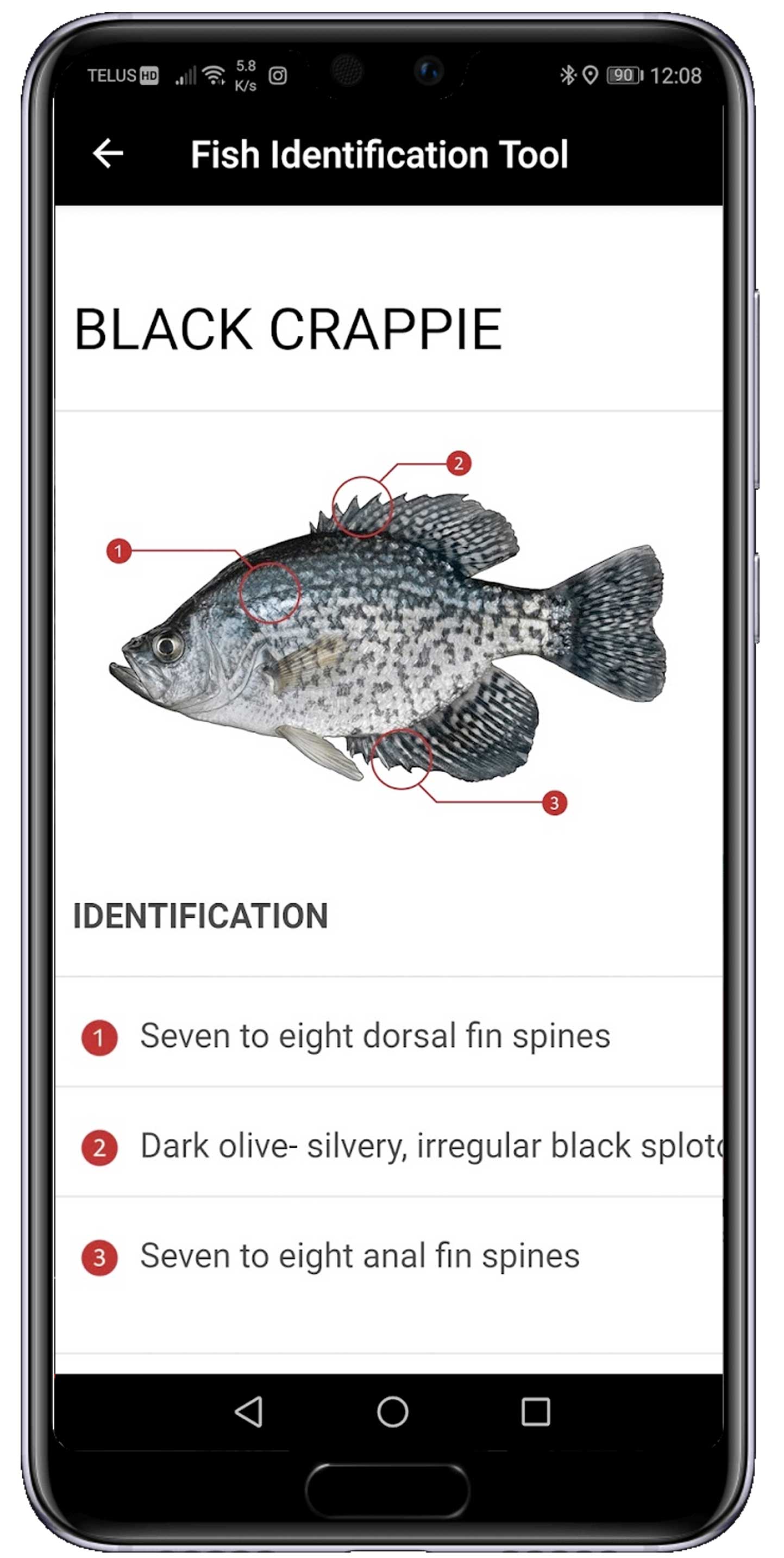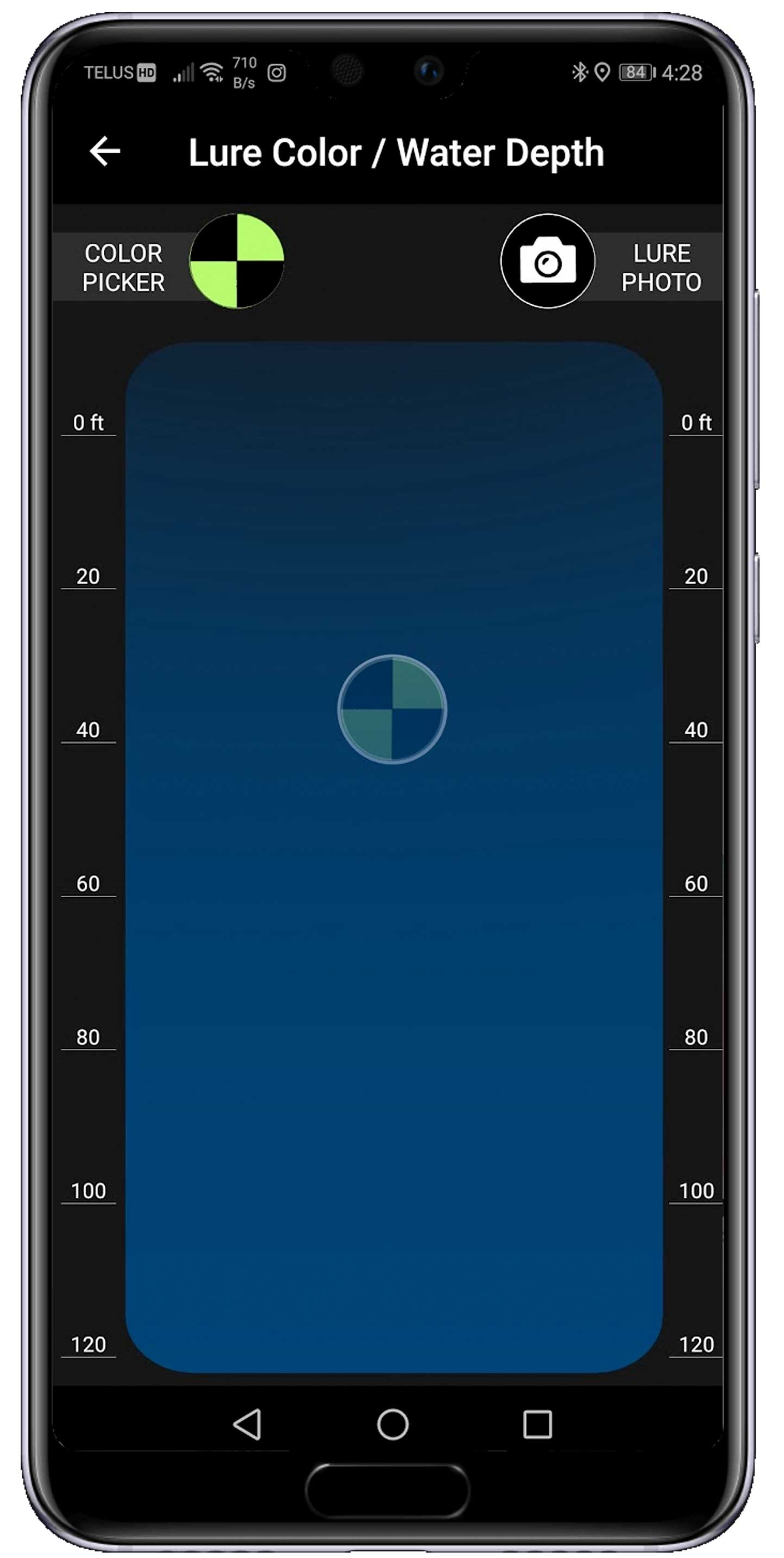SPOTTED SEATROUT
How to identify a Spotted Seatrout
There are round black spots on the back and upper flanks and on the tail and second dorsal fin. Spotted Seatrout have a pair of large canine teeth at the tip of the upper jaw with no barbels on the lower jaw.
Where to catch Spotted Seatrout
The spotted seatrout occurs in the western Atlantic Ocean from New York to the Gulf of Mexico, from Virginia southward, particularly off the coasts of North Carolina and Texas. An inshore, schooling species, it usually inhabits the shallow areas of bays and estuaries. They range as far north as Long Island in late spring.As water temperatures decline during fall, fish move into deeper bay waters and the Gulf of Mexico. As water temperatures warm in the spring the fish move back into the shallows of the primary and secondary bays. During periods of low rainfall and runoff, many trout often move into deeper rivers and bayous with the first cool weather of fall. Similar concentrations occur at dredged boat harbors and channels.
IDENTIFICATION
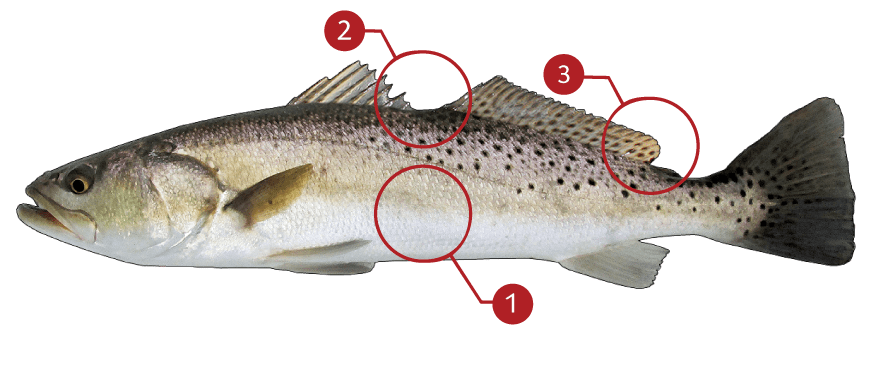
| |
The body has a golden hue and its shape and coloration is reminiscent of a brown trout |
| |
An elongated, soft dorsal fin separated from the spinous dorsal fin by a deep notch |
| |
Round black spots on the back and upper flanks and on the tail and second dorsal fin |
TARGET AREAS
|
|
Acknowledgements: We thank TAKEMEFISHING.org (www.takemefishing.org), Wisconsin Department of Natural Resources, Indiana Department of Natural Resources for their contributions to these FISH FACTS.



